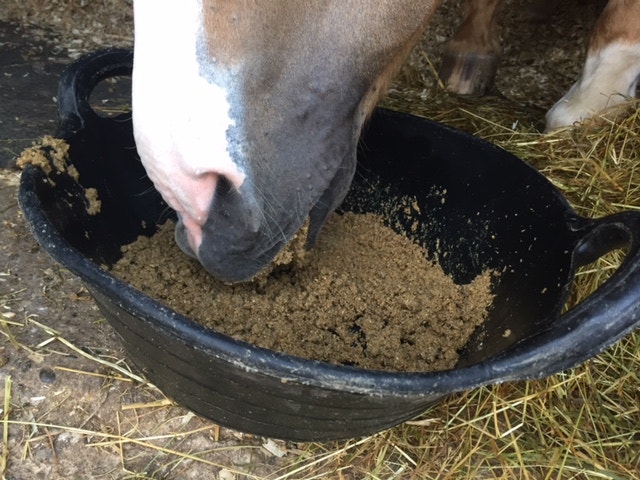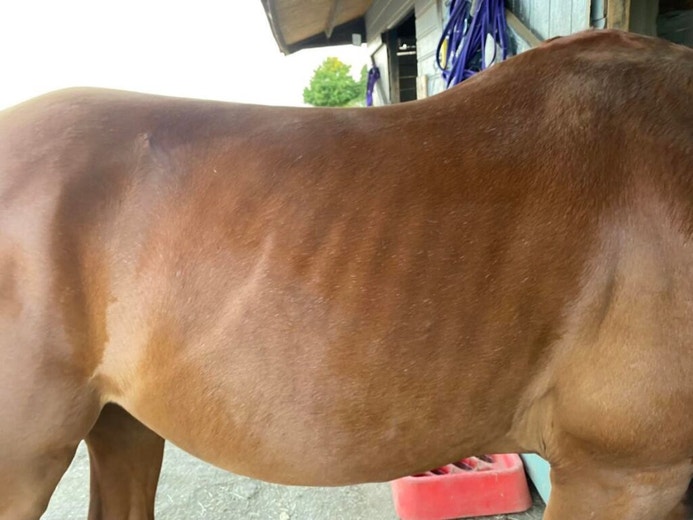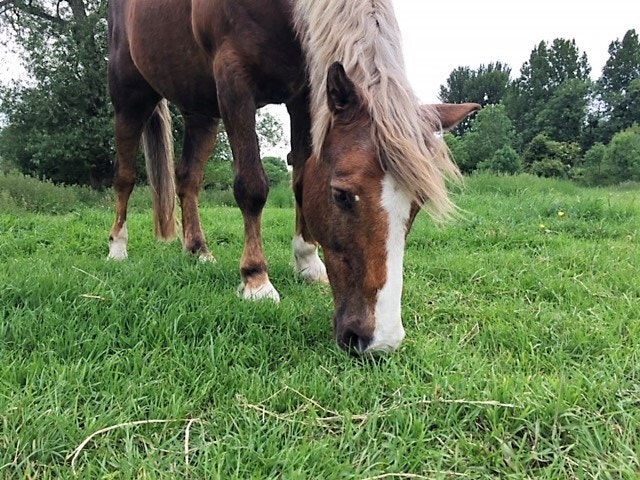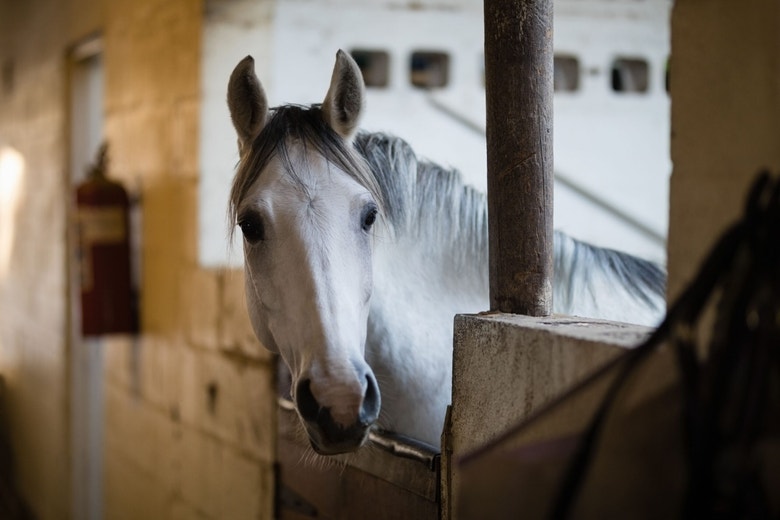#SPILLERS Science: Predicting laminitis risk
Many owners fear laminitis, a condition for which prevention is certainly better than cure. A new study recently published online by Dr Edd Knowles and other researchers from the Royal Veterinary College in collaboration with SPILLERS, set out to investigate whether or not we could find a way of predicting which horses and ponies may be at greatest risk of developing this painful and potentially devastating condition.
The study
A total of 374 ponies with no previous history of laminitis were monitored over a 4-year period. All ponies were examined by the same vet when joining the study and every 6 months afterwards. At the same time, owners were asked to complete a questionnaire which collected information about their pony’s diet, exercise and management. If a pony developed laminitis, questionnaire and examination results from before the laminitis occurred were compared to those from ponies that had not developed laminitis.
Physical examination included
- Height
- Weight
- Body length
- Neck length
- Heart girth
- Belly girth
- Body condition score
- Cresty neck score
- Presence or absence of divergent hoof growth, hypertrichosis (excess coat growth), bulging fat pads above the eyes and a ‘pot belly’
Blood tests were used to measure
- Basal insulin – the concentration of insulin in the blood when the horse/ pony is at rest
- The concentration of insulin in the blood 60 minutes after consuming ‘sugar syrup’ – this type of blood test is called an oral sugar test or ‘OST’
- Triglycerides – a type of fat in the blood
- ACTH – a hormone measured in the diagnosis of pituitary pars intermedia dysfunction (PPID)
- Adiponectin – a hormone produced by fat cells. Low adiponectin has been identified as a risk factor for laminitis
The results
Development of laminitis was associated with a number of risk factors, the most significant being high basal insulin, high insulin 60 minutes post OST and divergent hoof growth. However, insulin was found to be the strongest predictor of future laminitis risk, with only marginal differences between the predictive ability of basal and post-OST samples in this group of ponies. By measuring the concentration of insulin in the blood, researchers were able to categorise the ponies as being either low, medium or high risk. Over a 4year period, the chance of laminitis was predicted to be approximately:
- 6% in the low-risk group
- 22% in the medium-risk group
- 69% in the high-risk group (10% of ponies in the study fell into the high-risk group)
What does this mean?
This study suggests that regularly monitoring blood insulin concentrations may help to identify those horses and ponies at greatest risk of laminitis, leaving owners better placed to adapt their management accordingly. Although we’ve known for some time that high concentrations of insulin are a risk factor for laminitis, this research is the first to quantify the level of risk.
Don’t forget…
Several other well-known risk factors for laminitis such as excess weight gain were not found to be significant when they were used alongside insulin concentrations in the statistical models. This indicates how important insulin concentrations were as predictors but does not mean that these other risk factors should be forgotten, particularly if they help to cause the high insulin concentrations. It’s important to remember
- Excess body fat can contribute to the development of insulin dysregulation (although lean horses and ponies can also show insulin dysregulation)
- Some ponies in the low-risk group developed laminitis despite having a ‘normal’ insulin response
- Overweight horses and ponies that develop laminitis may be slower to recover and have a poorer prognosis
- Regular exercise and maintaining a healthy bodyweight help to reduce the risk of insulin dysregulation
- Excess weight gain comes with many other health and welfare risks including increased joint strain, respiratory stress, heat intolerance and an increased risk of certain types of colic
- Whether or not an individual horse or pony develops laminitis is likely to the result of a complex interaction between genetics and the environment. Importantly, bodyweight and diet are risk factors that you can influence, and appropriate management may help to reduce your horse/ pony’s over-all risk
For specific feed and management advice for your laminitic horse or pony contact the SPILLERS Care-Line.
Reference
, , , , . Predictors of laminitis development in a cohort of nonlaminitic ponies. Equine Vet J. 2022; 00: 1– 12. https://doi.org/10.1111/evj.13572





